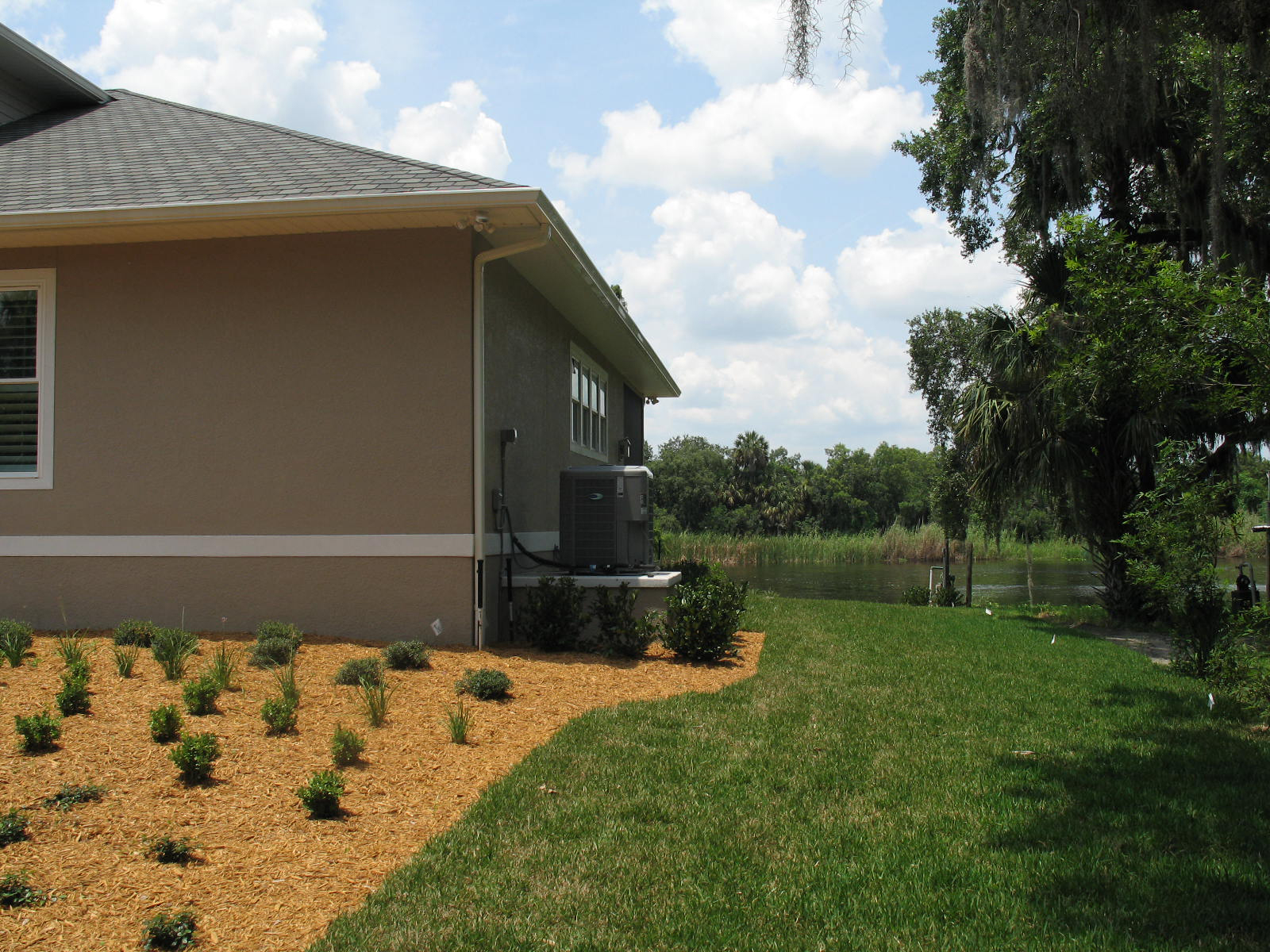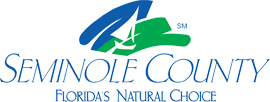Mitigation
What is mitigation?
In 1998, Seminole County was provided a federal grant through the State of Florida to develop a Local Mitigation Strategy (LMS), sometimes referred to as the Hazard Mitigation Plan. This was a State of Florida initiative that was implemented to help reduce the spiraling costs of disasters. The LMS identifies specific hazards, man-made, natural, and technological, that could negatively impact the community, and as such, has created a strategy to try and mitigate our community against those disasters.
In 2000, the Federal Government passed what is now 44 CFR 201 & 206 (Code of Federal Regulations) which requires local communities across the country to formally create a LMS similar in concept to what the State of Florida created in 1998. Today, the Seminole County Resiliency Working Group, made up of members from all seven cities, County, and citizens membership, focuses work on mitigating all hazards to make Seminole County more resilient to disasters. Now named the 'Local Mitigation and Resiliency Strategy for Seminole County' the plan identifies hazards, prioritizes the risk, establishes goals and objectives to make the entire community more resilient, and contains an attached living project list which is prioritized by the Working Group.
Mitigation is the effort to reduce or eliminate the risks of injury and damage to both people and property during potential disaster events. This mitigation can be through construction projects, buy-outs, warning/alerting systems, ordinances and laws, and/or educational outreach programs. Mitigation makes a community more resilient to all hazards.
Following are some types of mitigation construction:
- Hurricane shutters for a home, business, or government building.
- Hurricane roof clips or re-enforcement.
- Installation of tornado-safe rooms.
- Elevation of a flood-vulnerable building or home.
- Floodproofing a home or business.
- Buy-out / Demolition / Return to Floodplain for flood loss properties.
- Drainage improvement projects that reduce or eliminate local flooding.
- Road/bridge improvement projects.
- Educational programs to educate our community on things they can do to protect and mitigate their families, their employees, and their property against potential disaster.
The Local Mitigation and Resiliency Strategy for Seminole County plan provides suggestions and recommendations on how the County could improve regulatory standards in planning documents. The plan better identifies hazards, assesses the risk of each hazard, and potential damage loss from each type of disaster. This allows the Seminole County Resiliency Working Group to target the most vulnerable infrastructures first based on the hazard and estimated loss. All recommendations will encourage building “better”, moving forward into the future.
The primary Seminole County Resiliency Working Group members are those government and quasi-government, non-profit, agencies and members of the public who are eligible to apply for grant program funding as defined by the Hazard Mitigation Grant Program, 44 CFR 201.2. Should agencies or jurisdictions inside the County not wish to participate, they will merely not be eligible to receive mitigation grant program funding.
Home Mitigation Grants

Seminole County has the ability to apply on behalf of homeowners for Federal Emergency Management Agency (FEMA) hazard mitigation grants. These grants fund long-term projects such as home elevation, acquisition/ demolition, or relocation. Individuals interested in applying for a mitigation grant cannot begin the work before a grant application has been submitted, reviewed, and approved by the applicable government agencies. This process can take many months or up to a few years, depending on the grant type and project type.
Projects must be submitted to the Seminole County Office of Emergency Management by email in order to be reviewed by the Seminole County Resiliency Working Group. Suggested documents to submit to the Resiliency Working Group include proof of flood insurance, insurance claims, and proof of past flood damage. For an elevation project, obtain a quote for the cost of elevating your home. For an acquisition/demolition project, provide an appraisal of your home's pre-damage value.
If approved, a county representative will work with homeowners to develop and submit a grant application on behalf of the homeowner. Once the grant application period closes, the State of Florida will have four to six months to review and make a recommendation to FEMA, followed by FEMA's review period. Once the project receives approval from FEMA and the State is given the project funds, the county or city will execute a grant agreement with the State of Florida and work with the homeowner to begin the mitigation project.
FEMA mitigation grants are a reimbursement style grant, which means project costs are spent initially, then reimbursed by FEMA through the State and the local government to the homeowner as a reimbursement for the spent costs. These projects are generally approved for 75% Federal funding, which means homeowners would be reimbursed up to 75% of the total project costs. There may be exceptions where 90% or 100% Federal funding is available; which will be determined during the grant application review.
Meetings are open to the general public and anyone wishing to attend the meetings is welcome to do so. The next meeting times are posted on the Emergency Management training calendar.
To obtain a copy of one of the County's mitigation plans (listed below), or submit a mitigation project before/after regular meetings please contact:
Kathryn ValentineMitigation Coordinator, Office of Emergency Management
407-665-1012
kvalentine@seminolecountyfl.gov
Plans Available Upon Request:
- 2020–2025 Local Mitigation Strategy Basic Plan
- 2020–2025 Floodplain Management Plan
- Community Wildfire Protection Plan
- 2021 Floodplain Management Plan Progress Report
- 2022 Floodplain Management Plan Progress Report
- 2023 Floodplain Management Plan Progress Report

